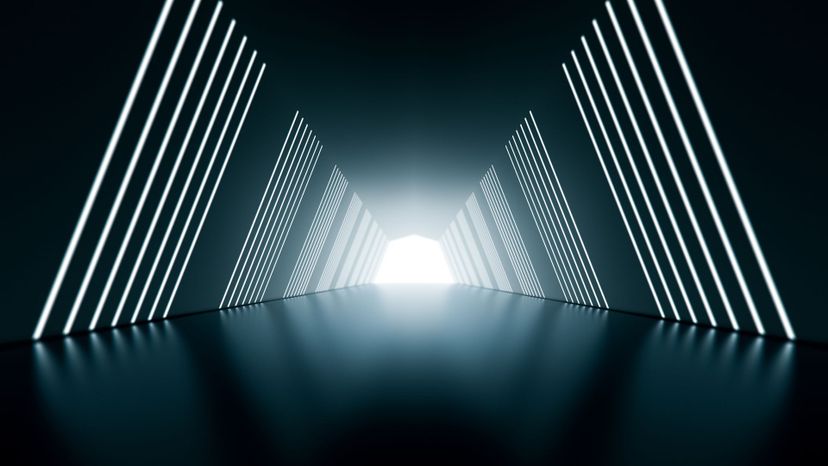
About This Quiz
From the Zollner Illusion to the Hering Illusion to the Kaniza Triangle, you'll be swayed to believe what you see. These are some of the optical illusions that are within this quiz. But these questions are not the only clever ones. You may be tricked by your own size perception of familiar objects. Or fooled by an object displayed at an unusual visual angle. Or your depth perception may become unreliable when patterns make the objects appear in three dimensions, convey texture, or false distance.Â
When you think about it, our senses have evolved to help us accurately perceive a huge variety of things in very different conditions. The illusions on this quiz provide insight into how our senses work, and how they usually manage to do so astonishingly well. In fact, our minds will fill in the blanks of a picture or illustration without our conscious mind being aware of it.Â
Of course, we'll have a few easy ones as well. They're the kind that, at a glance, you'll know which object is larger, smaller or the same size. Remember you don't need to get all of the answers correct, just 32 out of 40 to win the challenge. Is it crystal clear? Then start your quiz now.Â

The light blue folder is bigger than the black folder. However the black folder can look bigger due to the color.
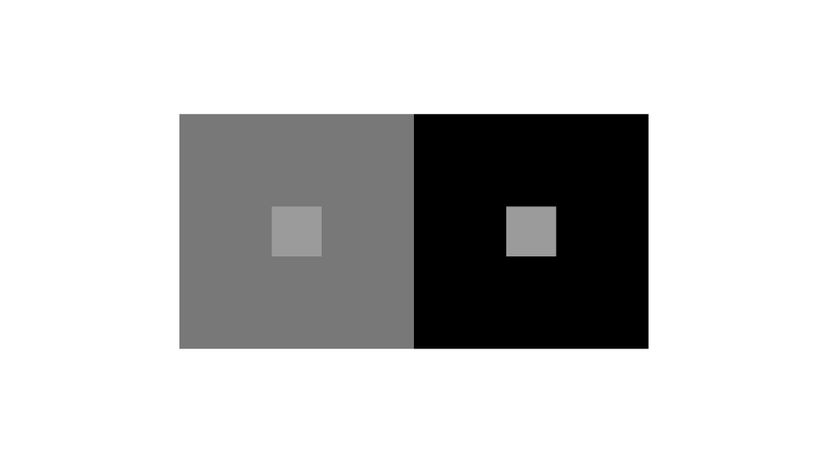
Square A and B are the exact same shade of gray. However, the brightness of the area immediately surrounding each square changes our color perception of the square.
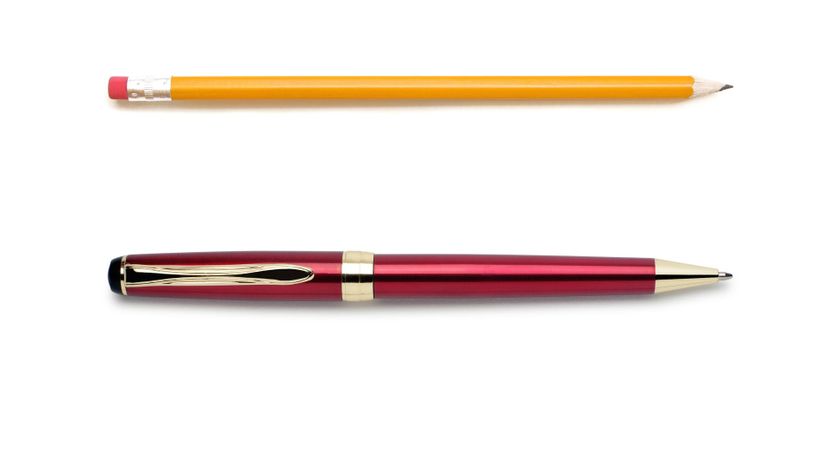
With a skinny pencil and a chunky pen, the width can change the perception of the respective sizes. The pen and pencil are the exact same size.
Advertisement
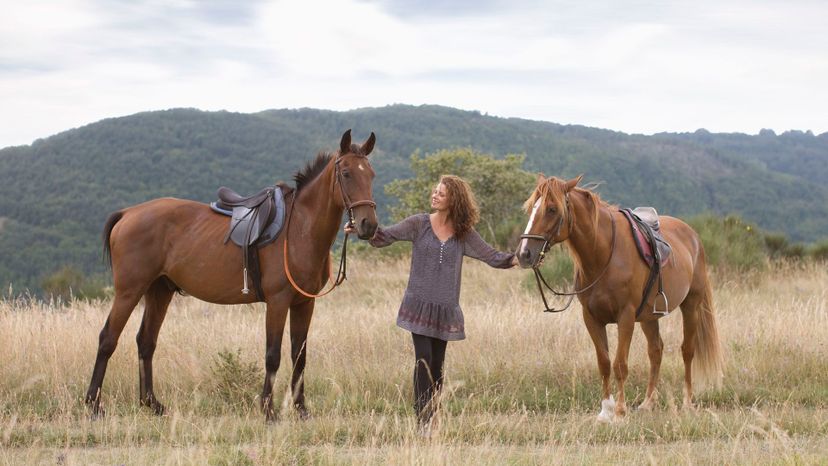
No measuring needed. The horse on the right is smaller than the horse on the left.
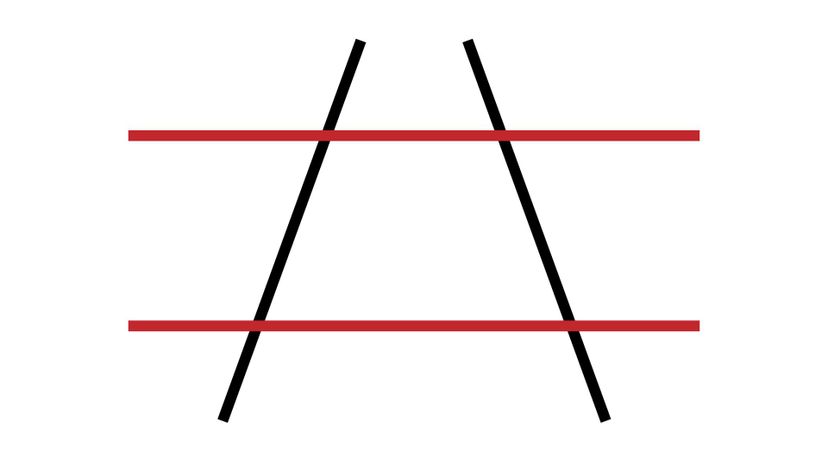
Use your finger to measure both lines, you'll see they are the same length. Our perception of distance affects our perception of length.

Did you "barely" get this one? These two bears are the exact same size.
Advertisement
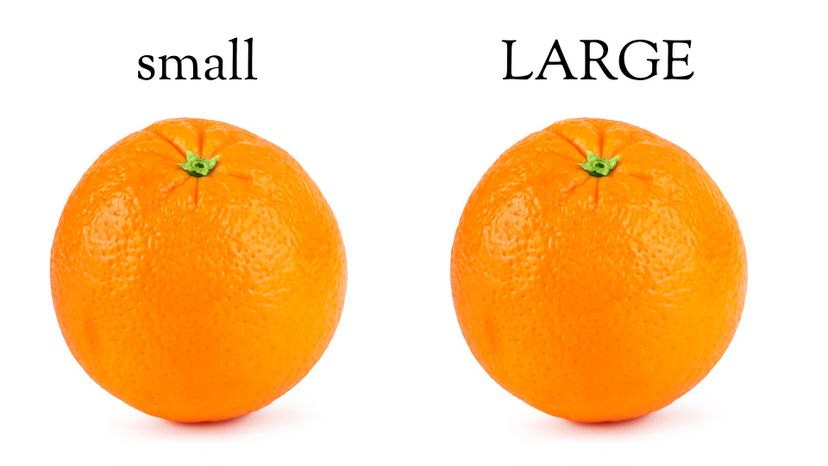
The one on the right is larger. Words have connotations that can stimulate our perceptions in a negative or positive manner.
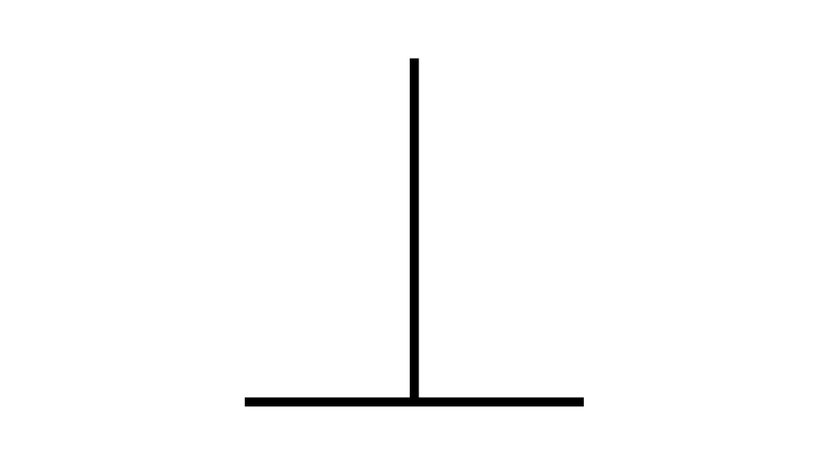
Although the vertical line looks longer, if you measure, you will see that both lines are the same size.
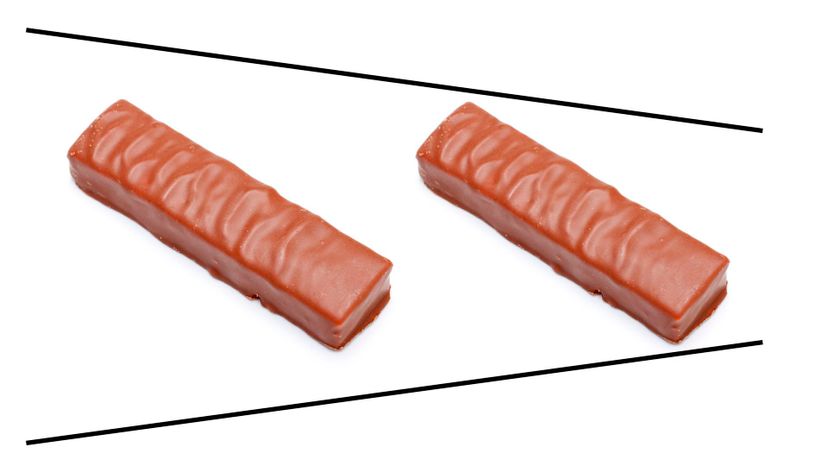
If you wanted to get the most chocolate for your buck, buy the candy bar on the left. It's bigger.
Advertisement
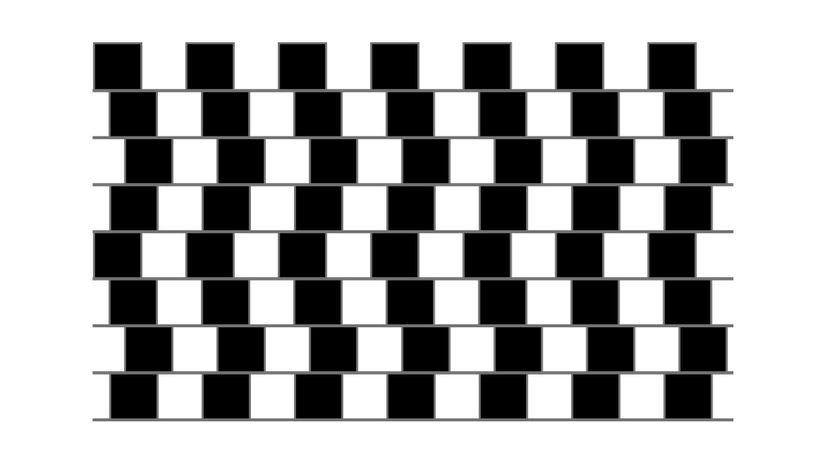
The horizontal lines look slanted due to the vertical lines not lining up perfectly. Another optical illusion.
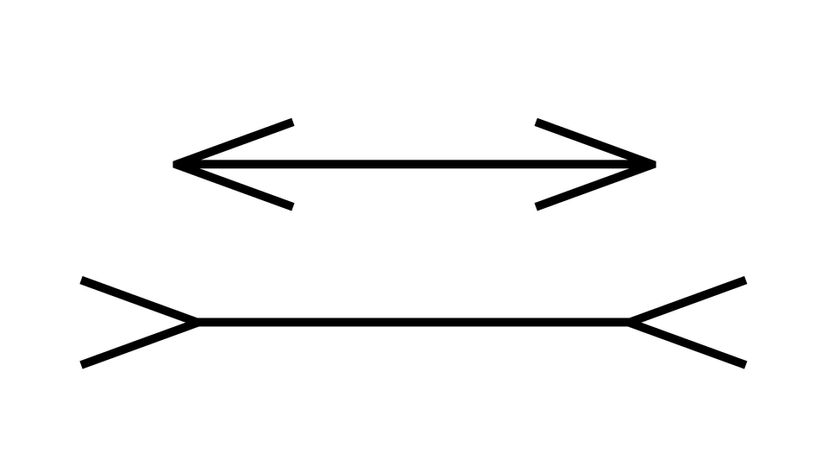
Whether the arrow heads are normal or inverted changes your perception as to whether the line is longer or shorter.
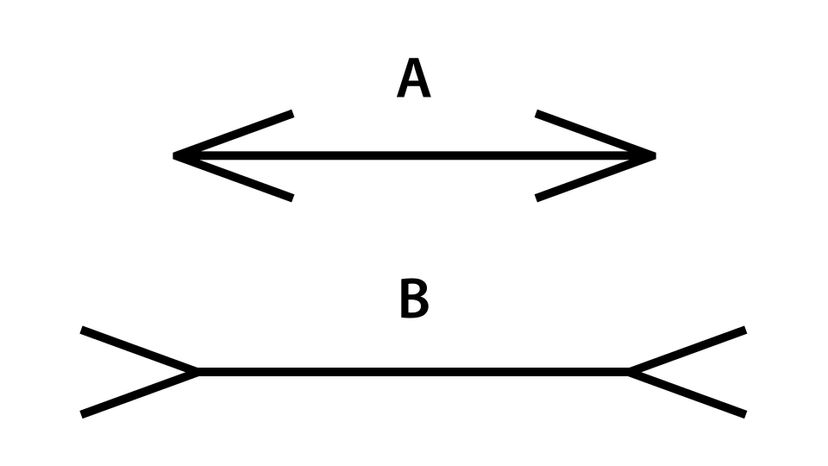
This is the Mueller-Lyer Illusion, which gives the impression that the line is longer when the arrow is pointing outward.
Advertisement

Contrast in brightness changes our perception of the size of the object. In this example all the interior rectangles are the exact same size.

Location, location, location. If you're going to sell these two houses, you'll get more money for the house on the right as it's bigger.

Fashionably priced, these hats would cost the same because they are the exact same size.
Advertisement
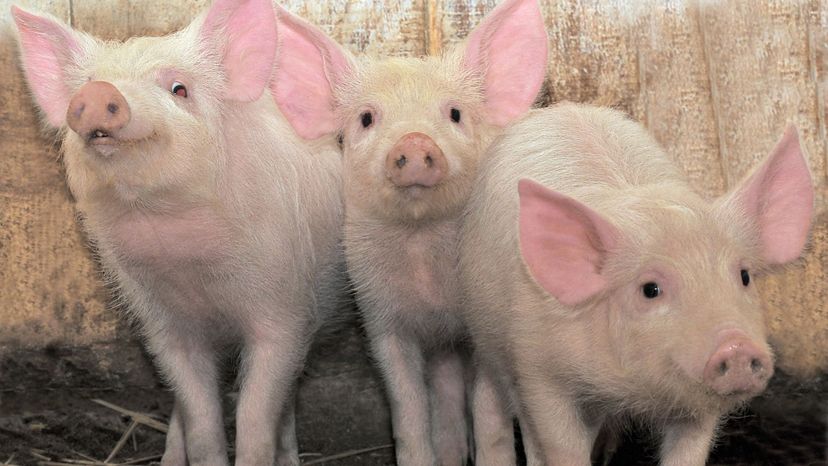
The three little pigs are the same. The middle pig just appears smaller because its siblings are blocking the sides.

Perception of size depends on context. If you compare the center dots only (without any other dots around) you'll notice they are the same size as each other.
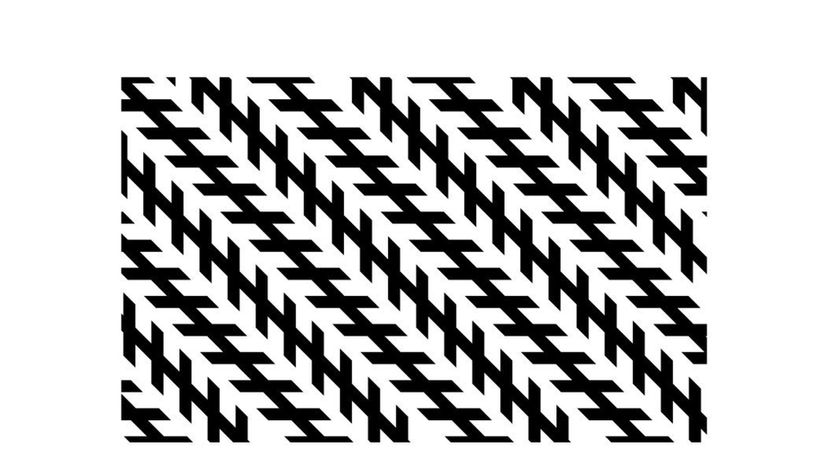
The Zöllner illusion is a classic optical illusion where a pattern surrounding parallel lines creates the illusion that the lines are not parallel.
Advertisement

The interconnection may make them seem like they're the same size, but the right one is bigger.
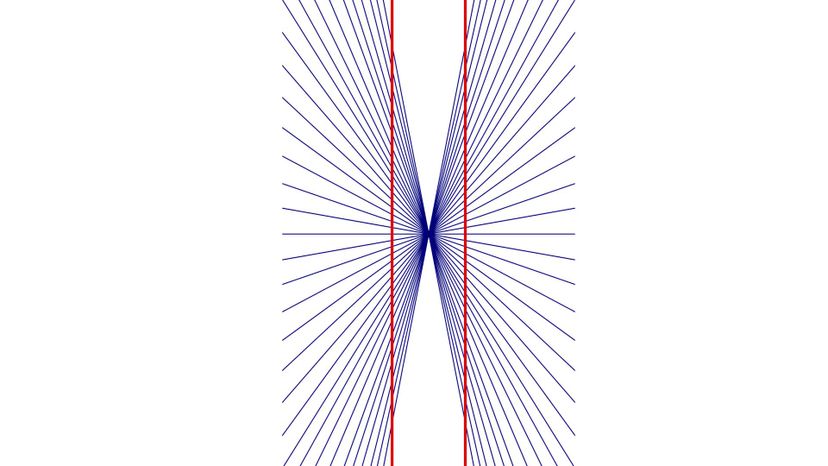
The Hering Illusion shows how when the radial blue lines are present, the red lines appear to be bowed outward, when they are actually straight.
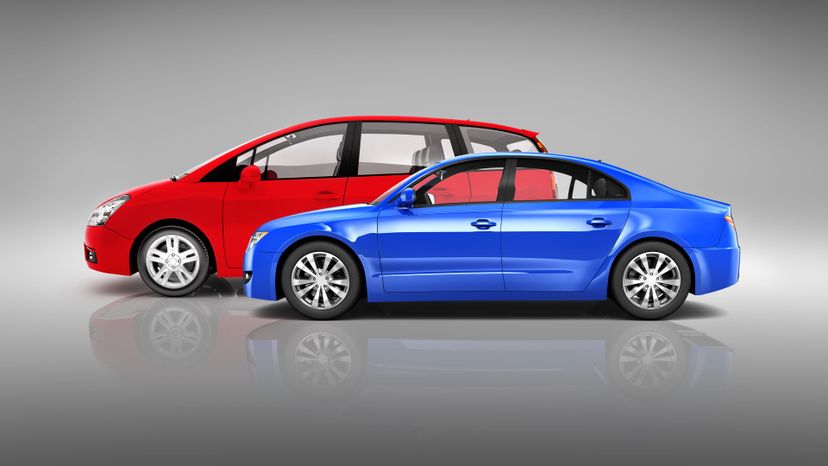
The car in front is slightly smaller than the car in back.
Advertisement
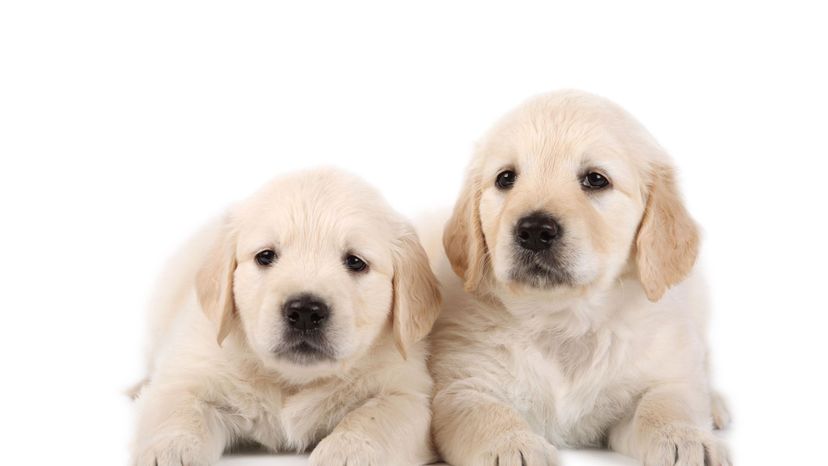
No matter how big or how small puppies are, they are enormous fun! The one on the right is bigger.
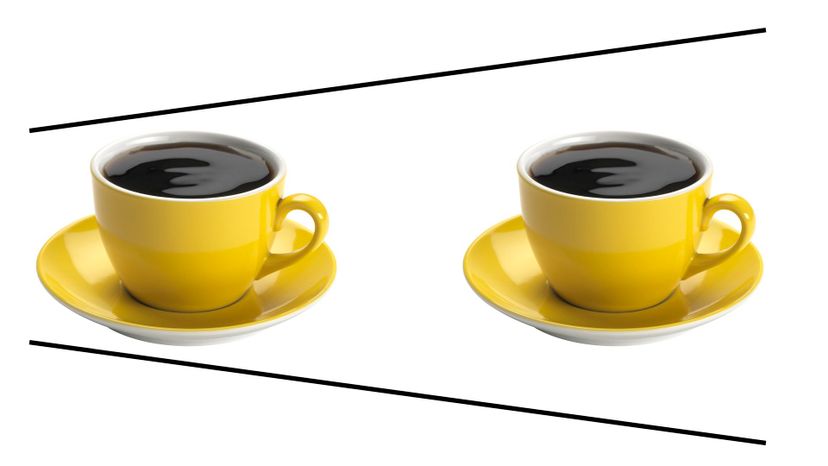
If you're getting your first cup of coffee in the morning, your brain isn't in gear yet to note subtle differences. The coffee mugs are the same size.
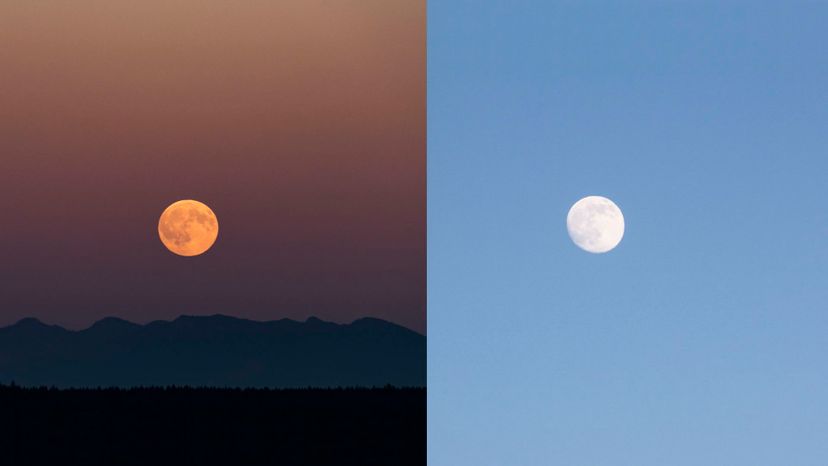
This is called the Moon Illusion where the moon appears bigger when on the horizon. Measure the moons, they are the same size.
Advertisement

The Epstein (1965) Familiar Size Experiment, showed how familiar objects come with their own pre-conditioned sizes. That means when a dime is as big as a quarter, we believe it is the closer than the quarter.

Plates that are empty versus plates that are full can look like they are different sizes, but these two plates are the same size.
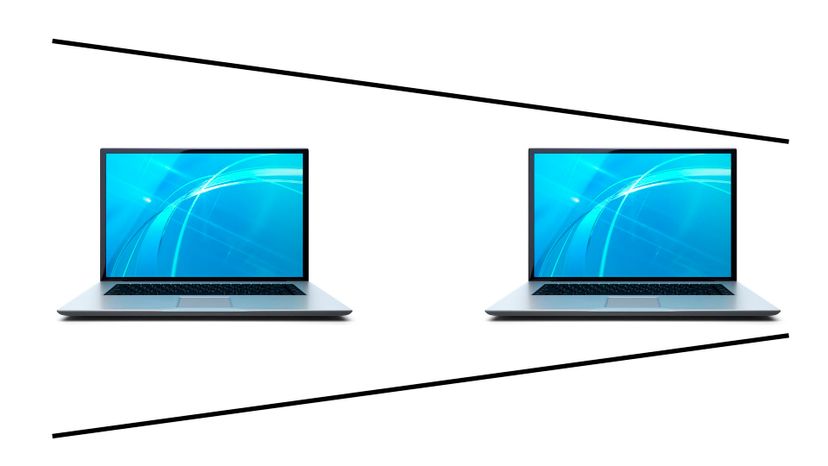
We all compare laptops, whether we want a bigger or smaller screen, so this one may be easier for you to answer correctly.
Advertisement
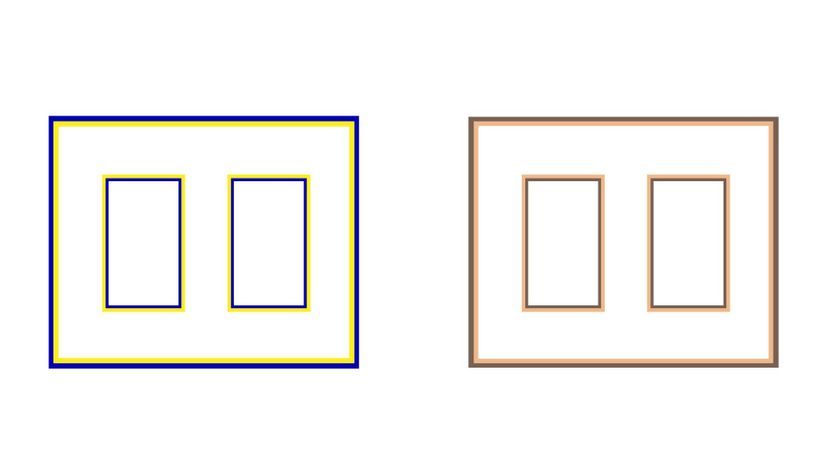
Your eyes are tricking you. This is called a Watercolor illusion. Most people experience a faint yellow coloration in the area within the large rectangle, but not within the smaller rectangles. However, the color of the space inside all shapes is white.
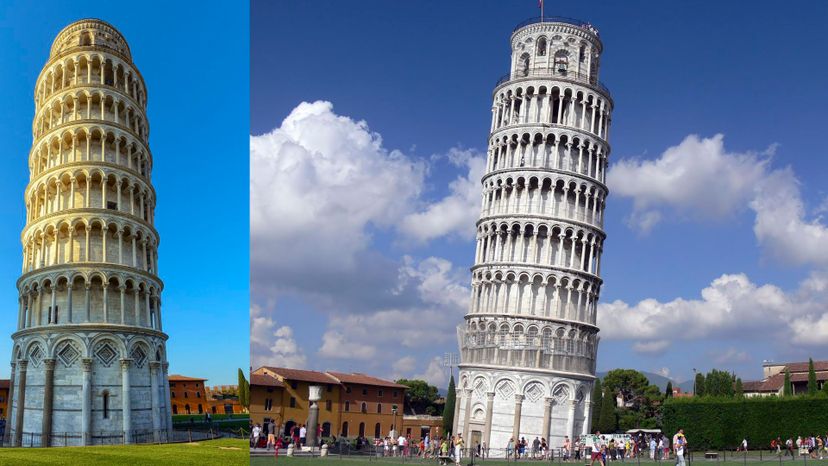
This is the Leaning Tower illusion. The tower on the right seems to lean more, so it is surprising that these are actually two identical pictures of the tower side by side!
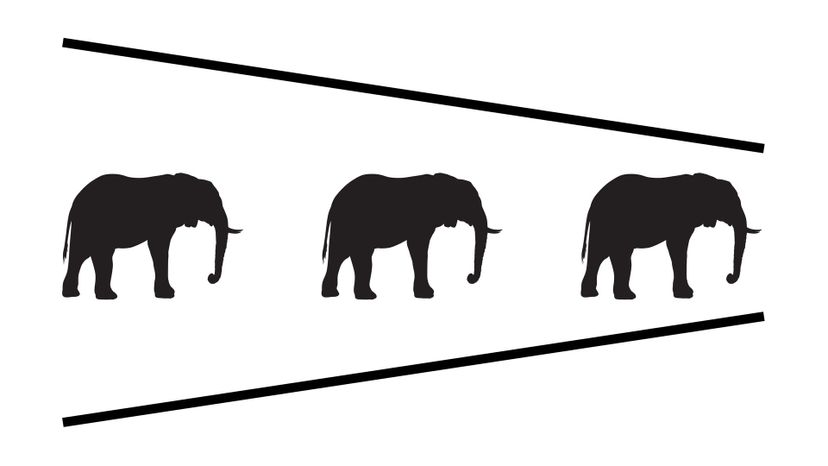
The elephants do look different in size due to the perspective. However, they are actually the same size.
Advertisement

The black line is connected to the red line. The Poggendorff Illusion shows how a simple line image appears distorted by other aspects of the image such as background and foreground lines or shapes.
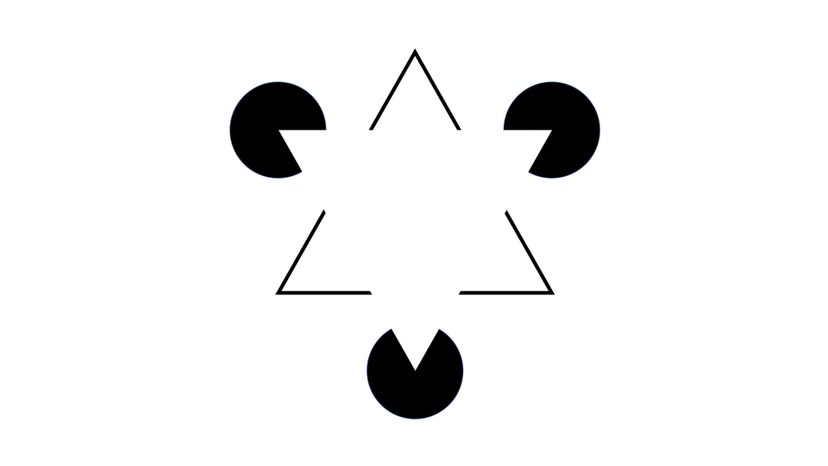
Kanizsa Triangle is experienced by most people as a solid triangle pointing upward that is lighter and covers an inverted triangle pointing downward, and a set of black discs. However, it is actually a symmetrical figure consisting of three discs each missing a triangular section, and three pairs of lines.
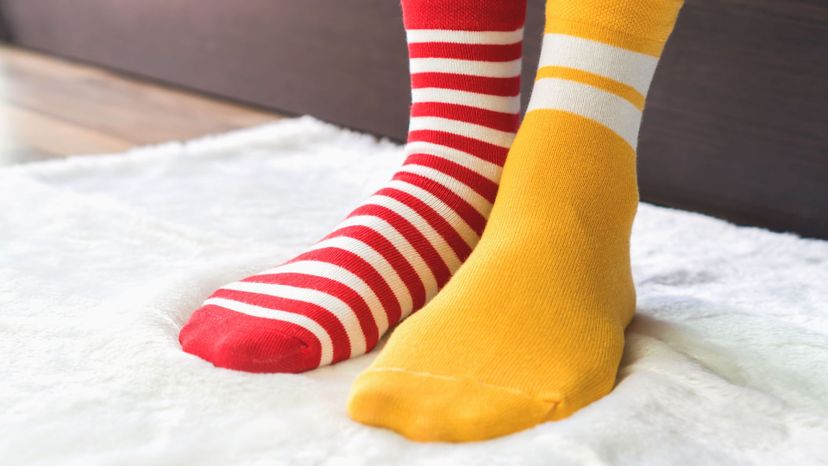
So that's where all the missing socks from the dryer went! They aren't the same size so they could never be a matched pair.
Advertisement